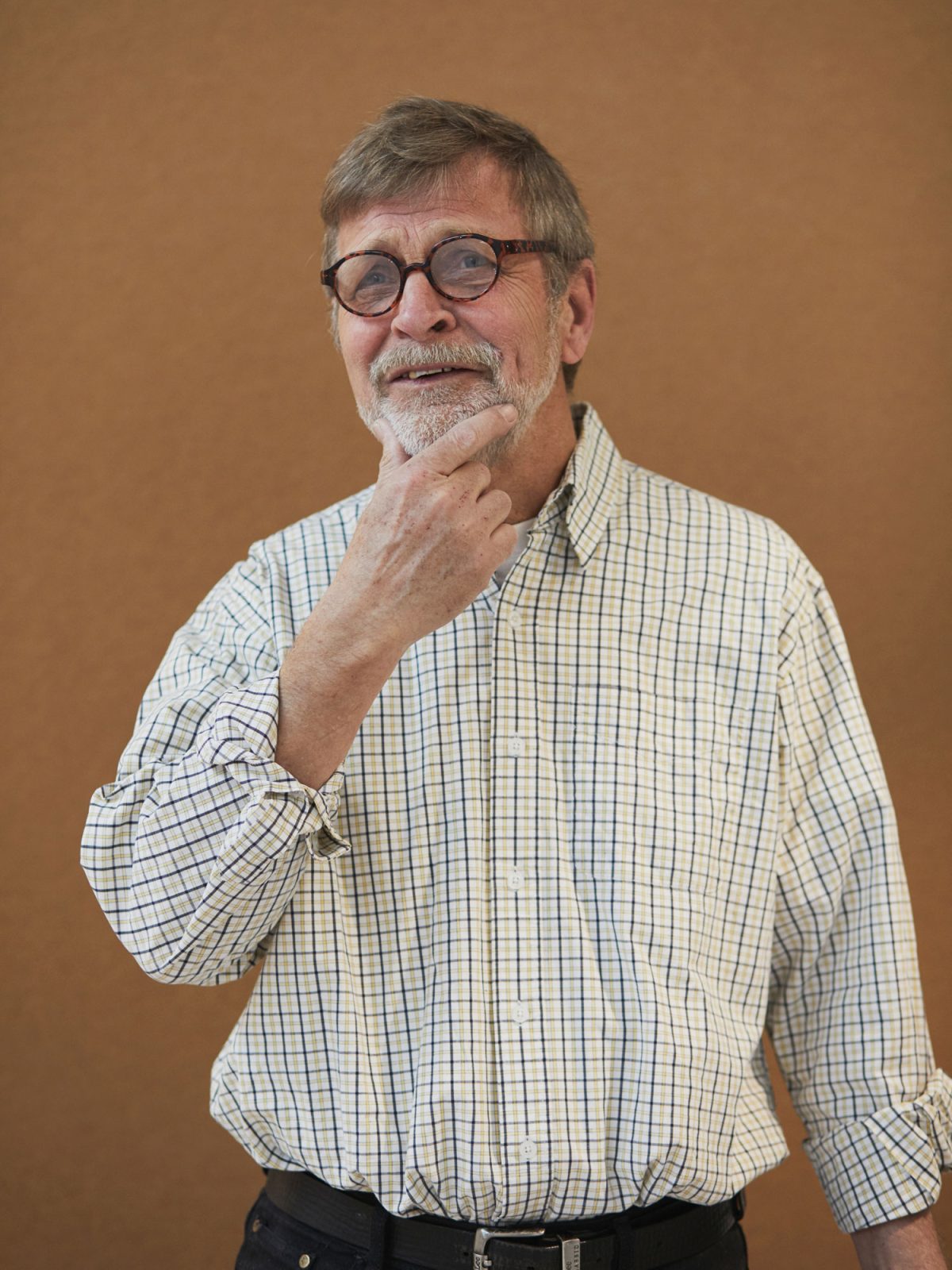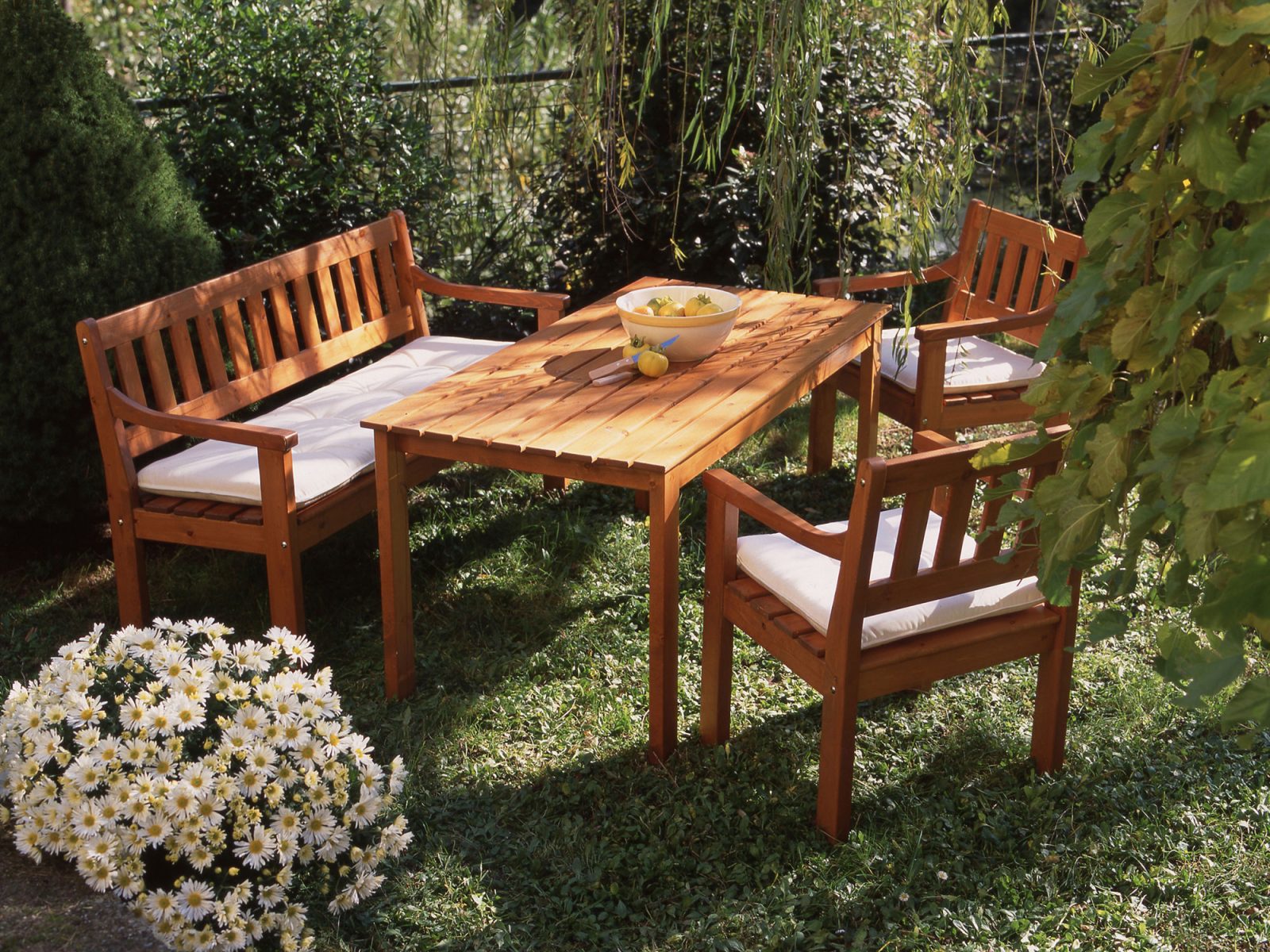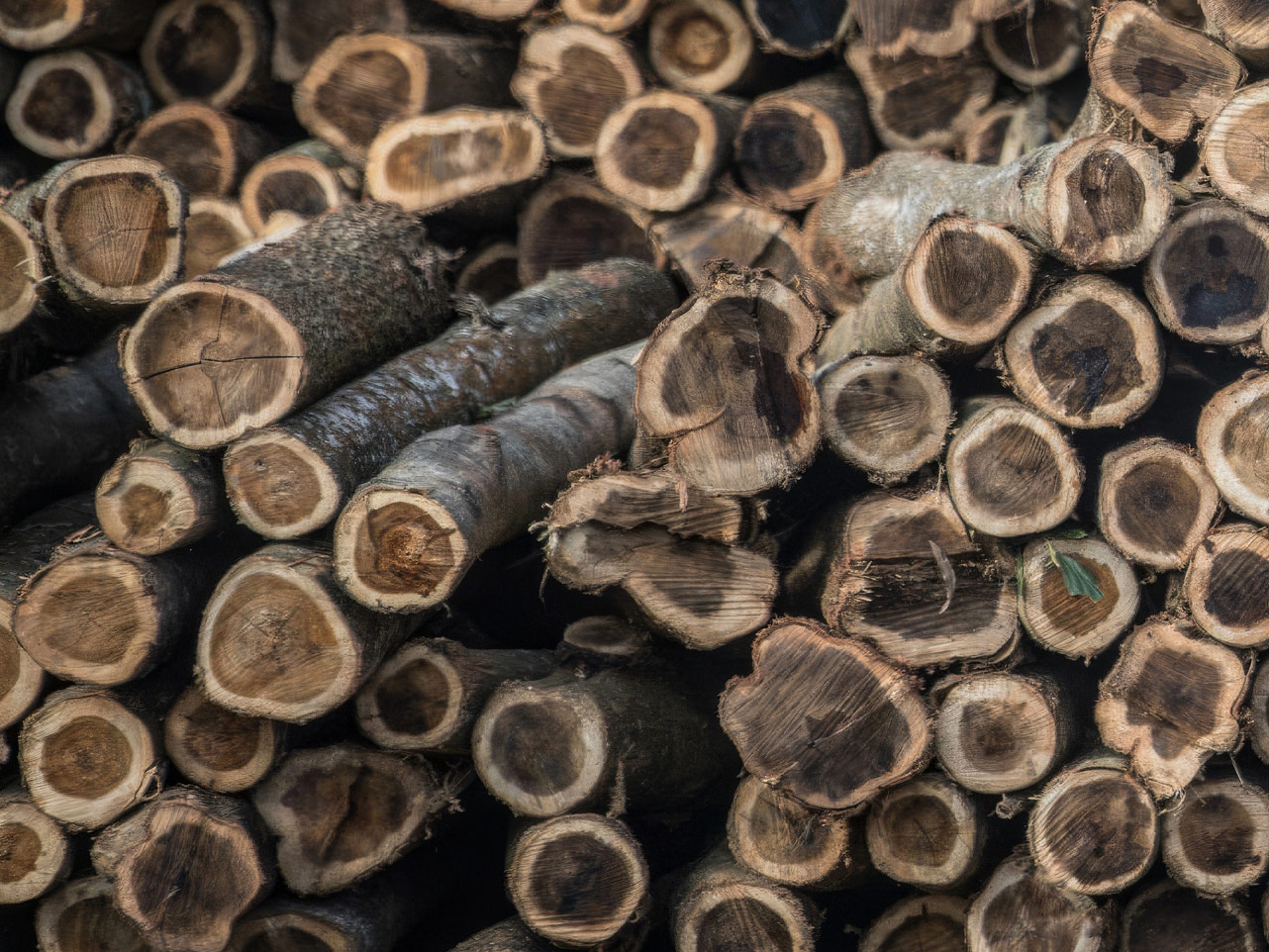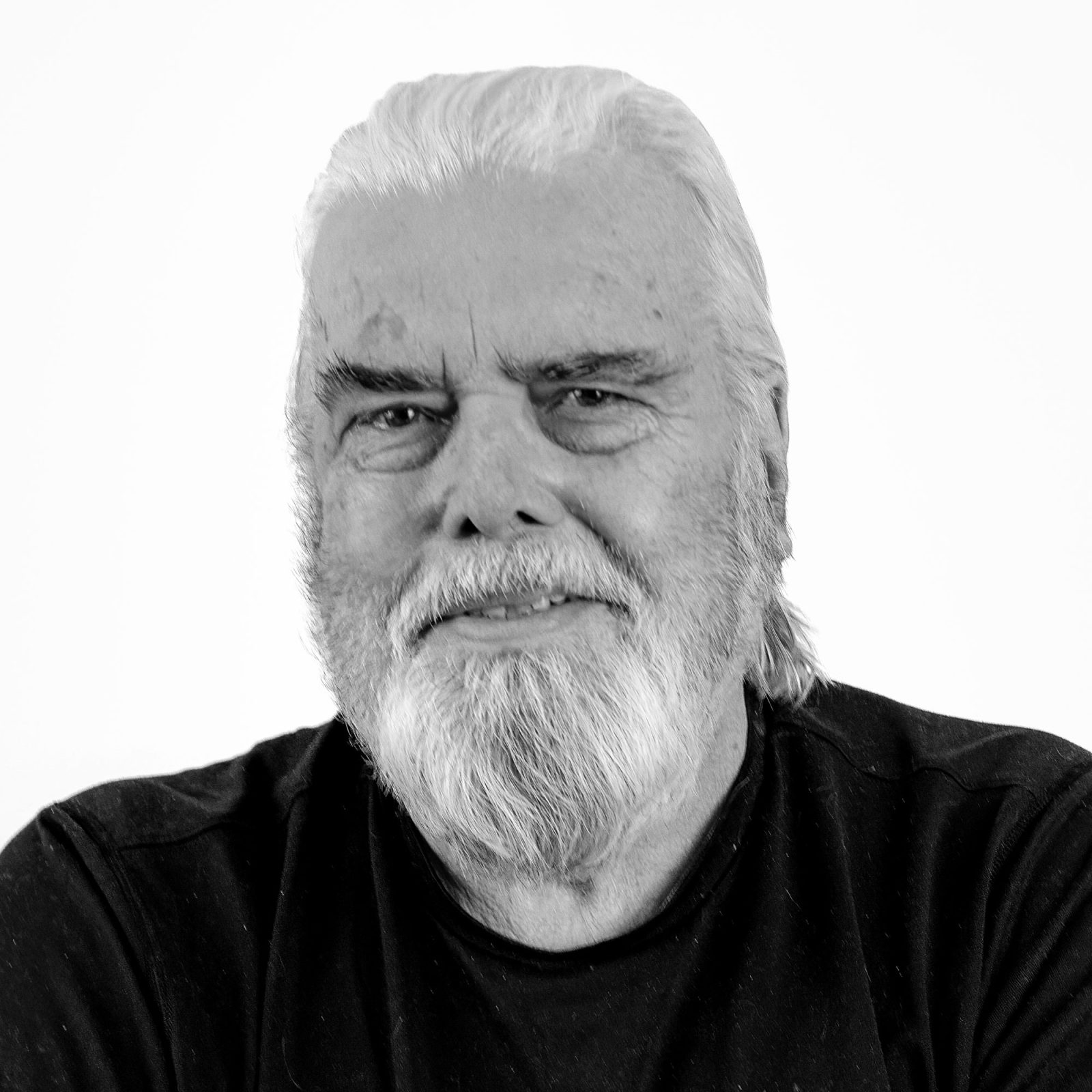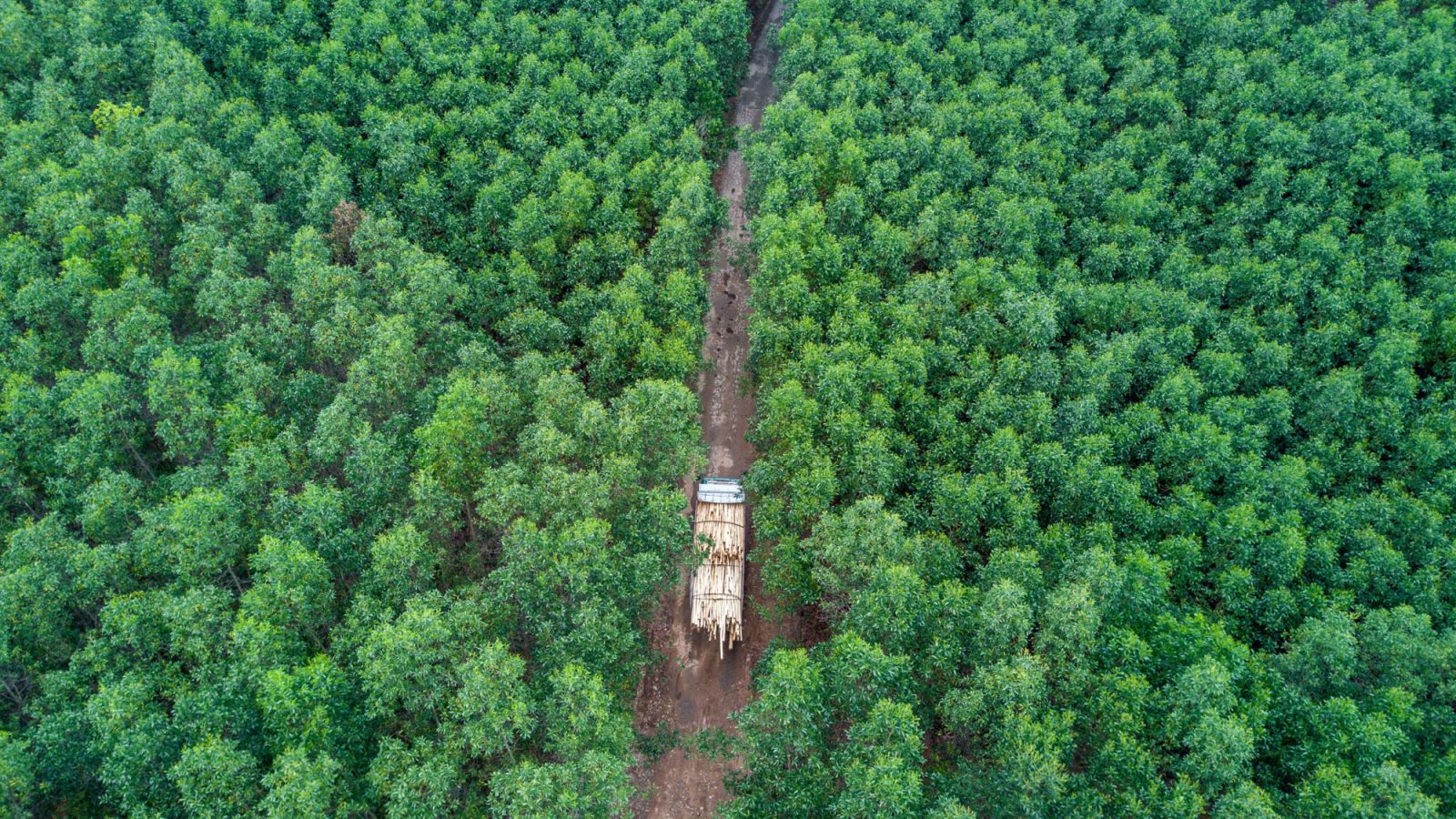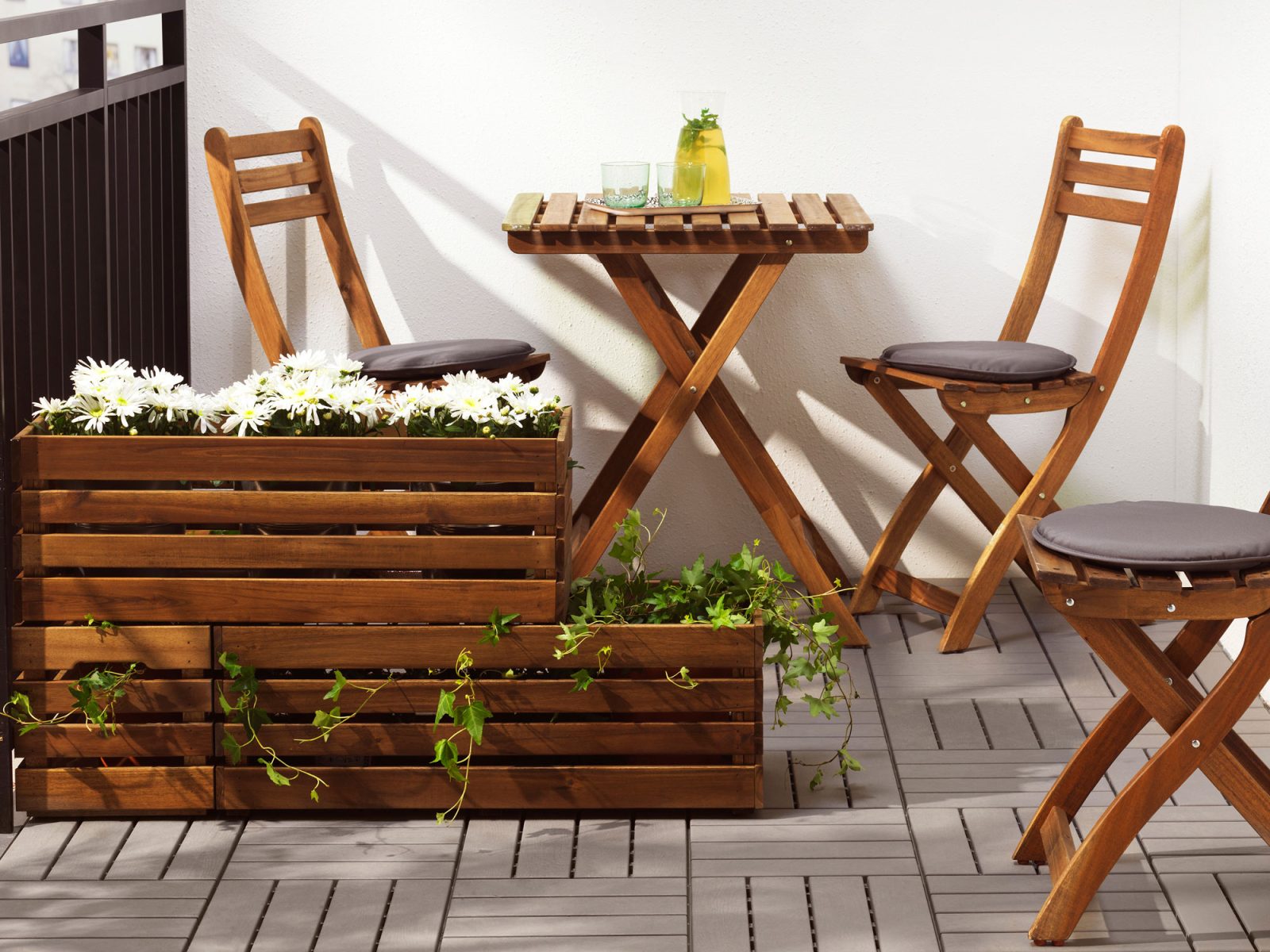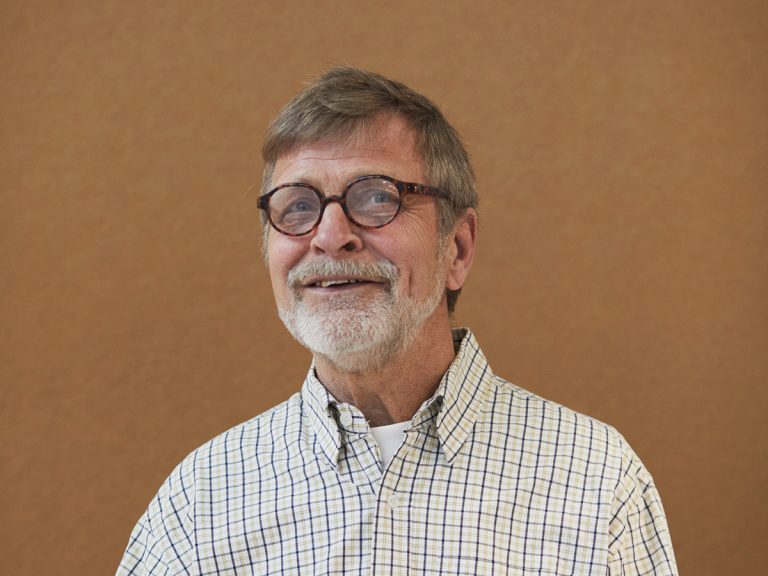The experiment begins
Jan invited Hans Merving to IKEA in Älmhult to discuss the idea with ten or so people. During the meeting, the door gently opened. A person in jeans and a check shirt stepped inside and took a seat at the back. He didn’t say a word the entire meeting. It was Ingvar Kamprad.
Afterwards, everyone went off to the IKEA Hotell to eat a traditional Swedish Thursday lunch of pea soup and pancakes. As Hans went up to the buffet to get some pancakes, he felt someone touch his arm. It was Ingvar. He said, “This is an excellent idea, you must keep working on it.”
A thousand or so plastic plugs were filled with dye: powder mixed with liquid to make sure it could be transported inside the tree. Jan Ahlsén started making preparations to test the idea in an acacia forest somewhere in Asia. The collapse of another major IKEA project presented an opportunity.
“A large dam was going to be built in Laos, Southeast Asia, and a lot of Lao pine forest was going to be felled. IKEA had made a deal with a Swedish guy in the area, called Peter Fogde. He would start a sawmill and take care of the trees being felled to make room for the dam and IKEA would buy the pinewood. But suddenly the dam project ground to a halt. Someone had found a unique plant, or it might have been a protected insect, and the whole project was cancelled.”
Meanwhile though, Peter Fogde had started a small acacia plantation, where Jan Ahlsén could test his dyed trees idea.

